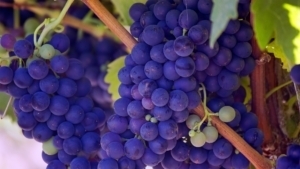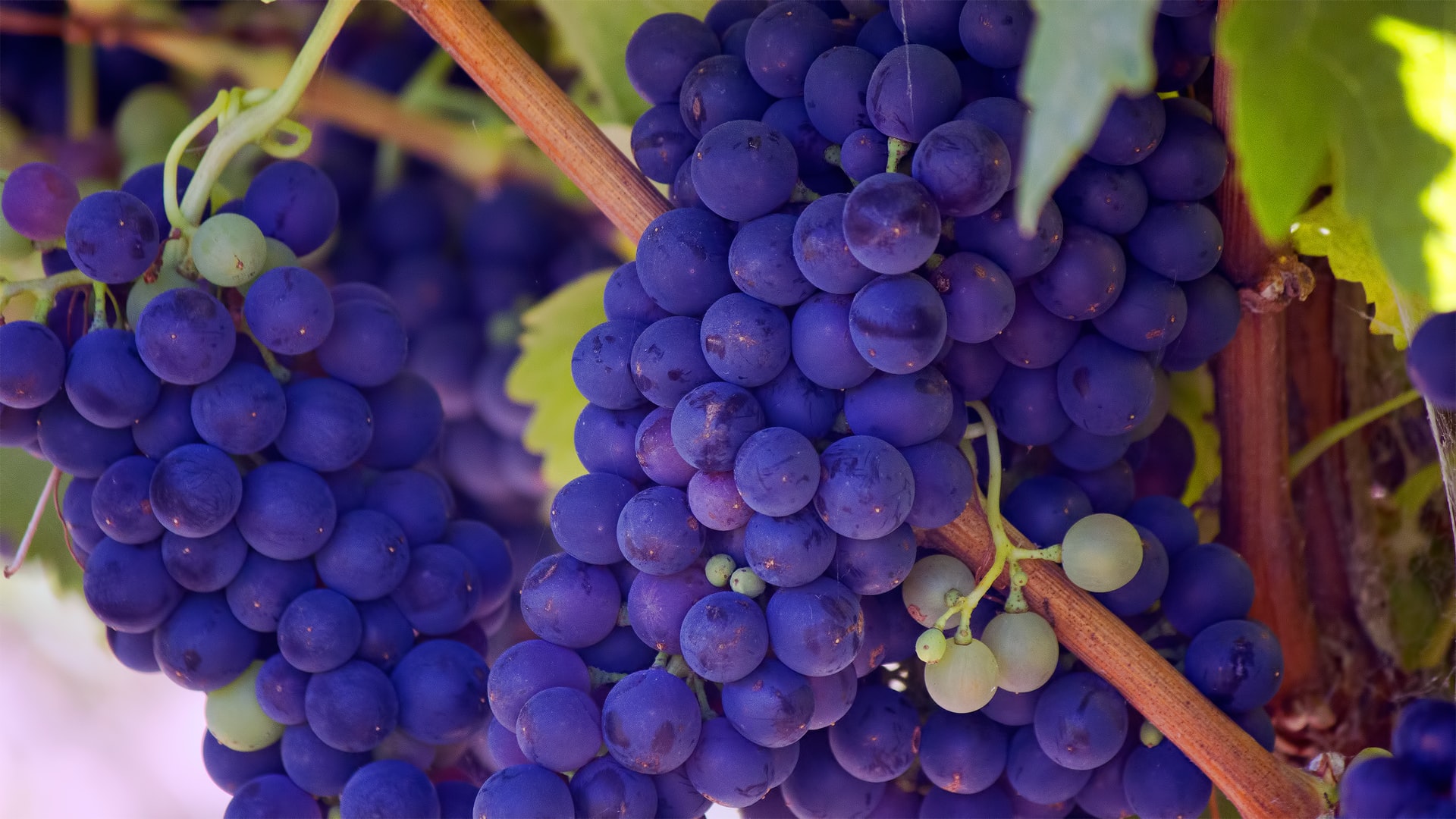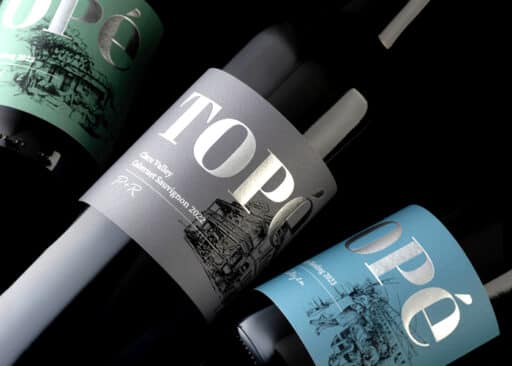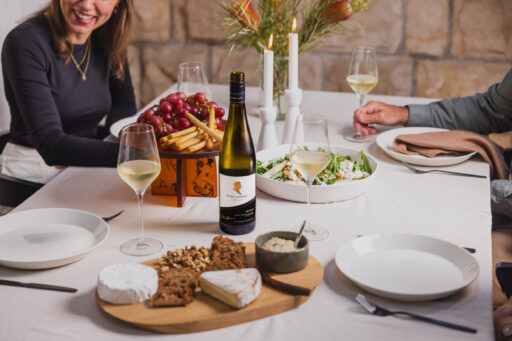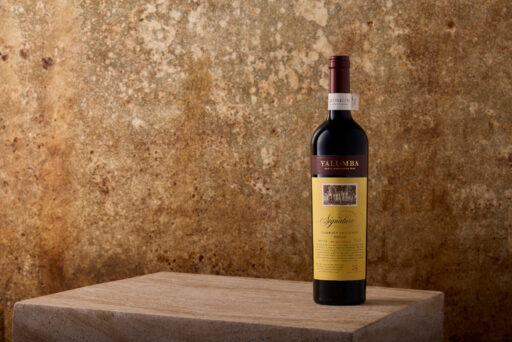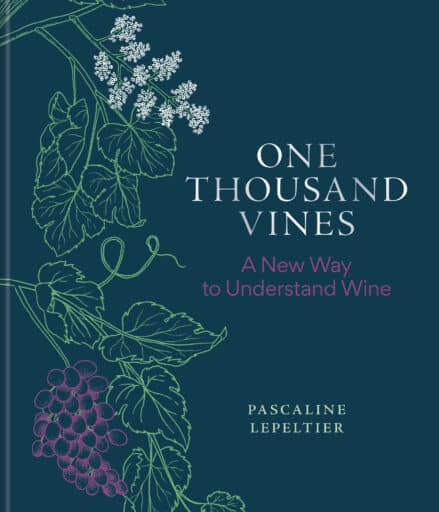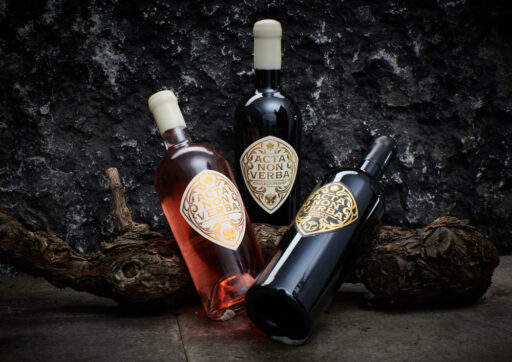Natural, minimal intervention, orange, lo-fi; no matter what you call them, the wines dismissed as a hipster trend a few years ago are here to stay. A movement that began as a response to the perception of cookie-cutter industrial winemaking has attracted sommeliers and wine-drinkers alike with expressive, delicious wines containing minimal additives and alterations. Now there are shops, wine clubs and bars dedicated to these ‘natural’ wines.
So what is all the fuss about natural wine and is it for you?
Technically all wine is ‘natural’. Fermentation of sugar by yeast is a natural process. However no wine you would want to drink is truly natural – drinkable wine cannot exist without human intervention. If vines weren’t planted in neat rows or pruned into shape, they would climb towards the sky, wrapping themselves around anything for support. If fermentation occurred naturally it would only serve to make grape-eating critters ready to party. While the basis of winemaking is a natural process, all wine requires monitoring and craft to ensure that the end product is something tasty. Fancy a murky brown low alcohol fizzy wine with not much flavour? Didn’t think so.
‘Natural wines’ are hard to define. Generally the principles are ‘hands off’, involving selection of quality grapes, usually grown using organic or biodynamic farming, without the influence of strong oak flavours, additives, or methods that can strip character from the wine. Importantly, that is not a massive change from what most quality winemakers do everyday. All wine, big and small, is still one of the most natural products on the planet – the so-called ‘Natural’ winemakers just go that extra step.
One of the big factors is yeast. It’s pretty common for winemakers to select yeasts that will emphasise the most attractive characters of the grapes they are using. Want to promote tropical fruit flavours in sauvignon blanc? There’s a couple of particularly good yeast strains that will help. “Inoculating” or adding yeast to the fermentation is an insurance policy for style.
Winemakers seeking to show the beauty and individuality of the grapes and the vineyard might be willing to dabble in more risk. ‘Wild yeast’ refers to yeast strains that occur naturally in the vineyard. The risky bit is that these yeasts may not be the best strains for fermenting wine, and the chances of the wine becoming stinky and developing unpleasant flavours is much higher. However, with high risk comes high rewards. If all goes well, the wines can show layers of complexity rarely achieved with inoculation. Importantly, lots of the best traditional winemakers also use natural yeasts so you don’t have to be ‘Natural’ to go down this road.
An important part of minimal intervention winemaking is to avoid overpowering the natural expression of the grapes with strong oak flavours. The younger the oak, the more sweet, spicy, toasty flavours are added. Storing wine in barrels, particularly red wine, can help soften tannins and add complexity to wine. Minimal intervention winemaking tends to use older and larger oak barrels giving beneficial effects on tannins without adding oak flavours. There is also a lot of experimentation being done with concrete tanks as well as amphora and ceramic eggs, winemaking technologies developed centuries ago. In some ways ‘Natural’ winemakers are taking a step back in time.
Additive free wine is rarer than you might think but, in all wines, any additions are very small and tightly controlled, some of which such as the addition of sulphur have been a part of winemaking for thousands of years. This might involve adding tannin to red wine to give structure and assist ageing, fining agents for clarity, tartaric acid (a natural acid found in grapes) or sulphur to prevent the wine from spoiling. Other practices such as filtering to remove sediment can also strip flavour and texture, but also make the wine clear and bright, which is the way most wine drinkers like it. Minimal intervention winemaking focusses on reducing or avoiding additives and alterations. The wines can be unpredictable, but for some, that’s where the fun lies.
The essence of natural or minimal intervention winemaking is expression of the fruit and the vineyard through subtle winemaking. It’s a romantic idea and with an increasing interest in where our food comes from, it is easy to see why people have welcomed this approach to wine. But natural wines are also not for the faint hearted. They can offer quirky new flavour sensations, which may or may not suit your taste.
Photo by Bill Williams on Unsplash

